Most schoolyards could do with more greenery and shade cover, less asphalt and outdoor classrooms. The City of Greater Sudbury’s Ugliest Schoolyard Contest takes place every spring with the aim of creating greener and healthier schoolyards.
The competition began in 2005 and is open to local elementary and secondary schools. It is hosted by VETAC, City Council’s Advisory Panel on Regreening.
Winning schools receive schoolyard improvements with a focus on more natural environments.
Outdoor classrooms are also created, which encourages learning and education beyond school walls. There are many benefits, including the regreening of traditionally pavement-heavy schoolyards and the opportunity for kids to spend more time outside, learning in the fresh air.
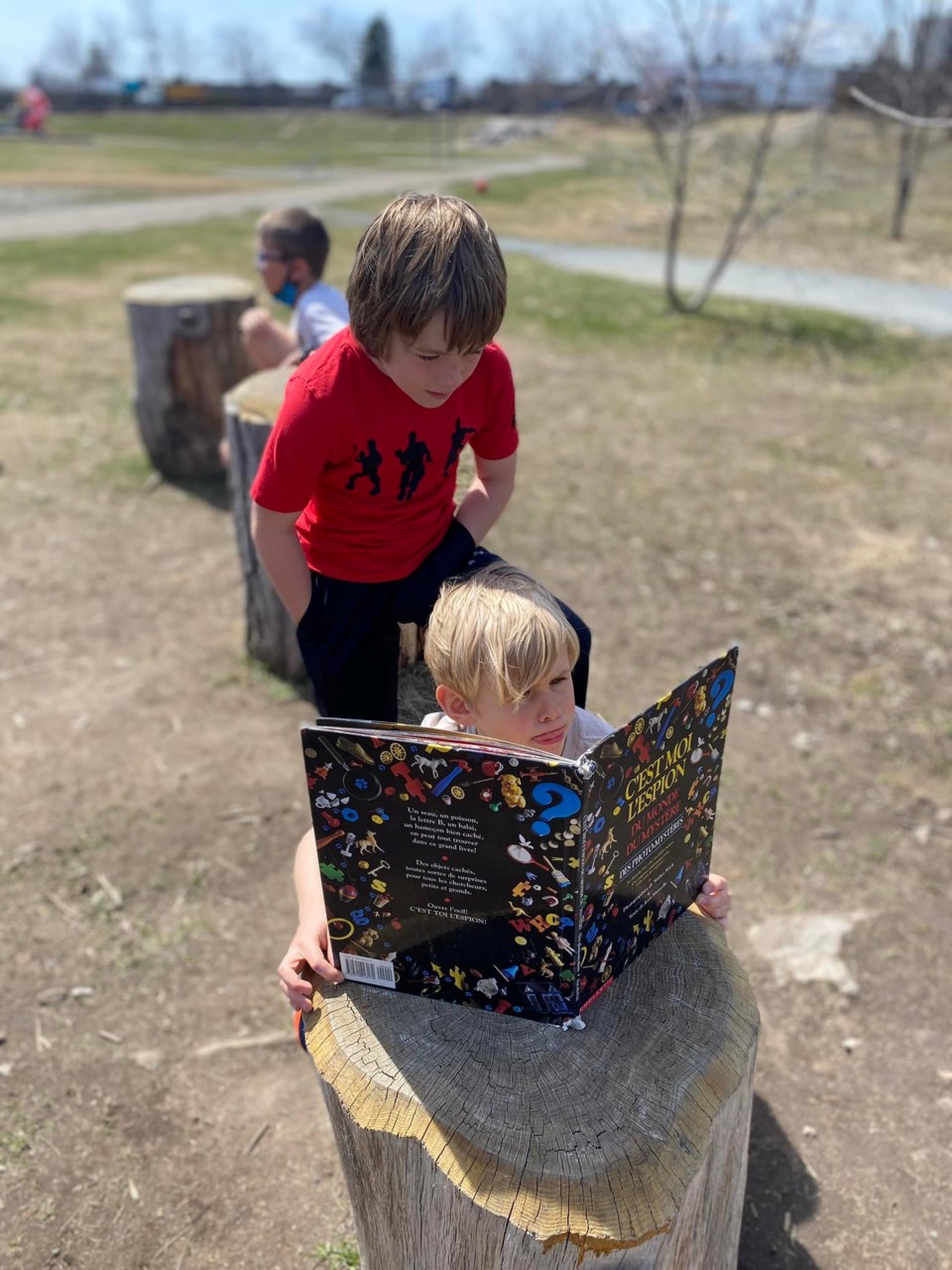
The competition for an outdoor classroom
The winning school receives the resources needed to create an outdoor classroom. It includes five large deciduous trees in raised planters created with large concrete stones. The design was specifically created to allow seating for groups of students in a shaded area.
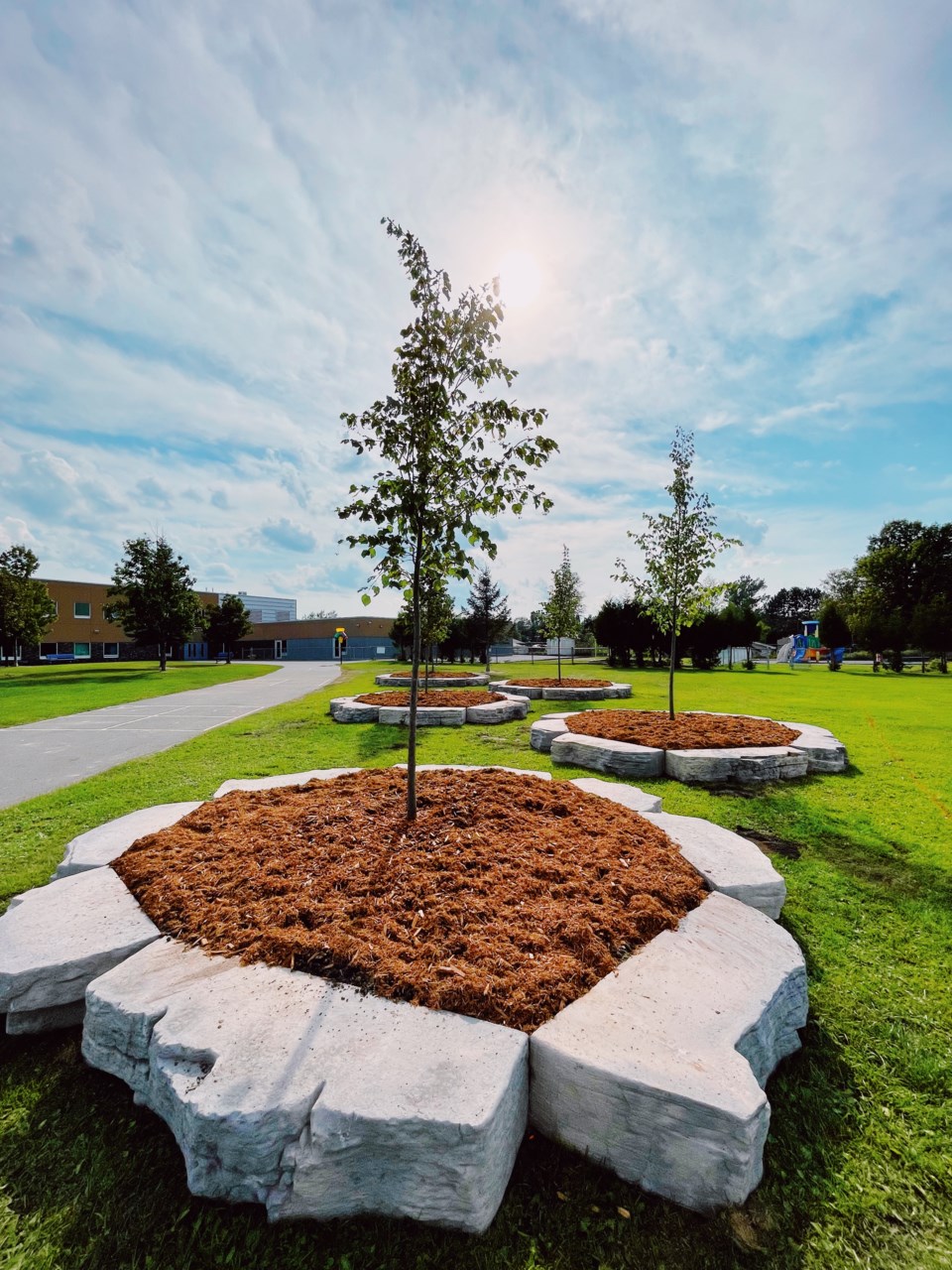
In fact, tree planting for shade has been a priority in all regreening projects. Over the years, a variety of outdoor seating options have been tested, including picnic tables, large rocks and benches.
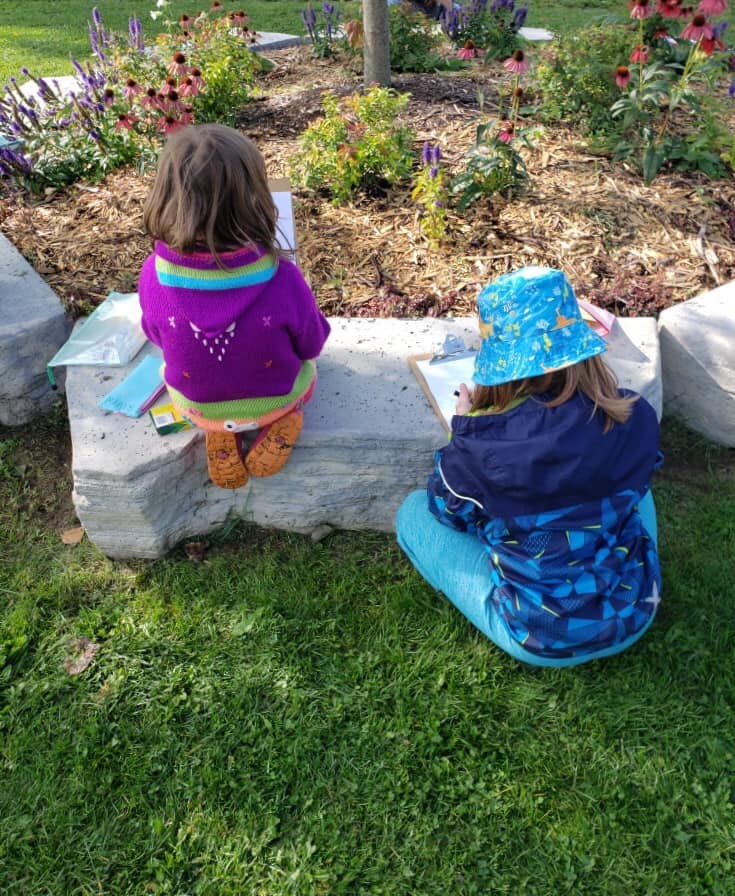
VETAC works with the winning school to design the project, while numerous local businesses and organizations come together to make these transformations possible through donations of equipment, supplies and in-kind support.
In recent years, Azilda Greenhouses, Brown’s Concrete, Dixon Contracting, Futurescape Landscaping, Jetty's Landscape Supplies, Pioneer Construction, Sudbury Horticultural Society, Southview Greenhouse Growers, and Vale have all contributed generously to the regreening project. Special thanks go to the major financial support provided by Sudbury Integrated Operations, a Glencore company.
To date, almost 50 local schools have benefited from the Ugliest Schoolyard Contest. The winning school this year is Chelmsford Valley District Composite School.
Building schoolyard gardens
As part of the Ugliest Schoolyard Contest, schools also have the opportunity to create various types of gardens including shrub and perennial, vegetable, edible and healing gardens.
If they choose to include gardens in their regreening plans, schools may receive support through the Sudbury Horticultural Society and other community environmental organizations who provide financial or in-kind donations as well as on-site volunteer support.
Group involvement in activities such as watering, weeding and pruning reinforce a sense of ownership for students from all grade levels. Schools are also provided with a maintenance manual so they can provide appropriate year-round care for their gardens.
Local volunteer Georgette Mitchell
Georgette Mitchell is a former teacher who began taking an active part in the Sudbury Horticultural Society (SHS) after she retired. Shortly after the Ugliest Schoolyard Contest began, one of the contest founders, Wayne Hugli invited her to join the group.
Every year the SHS makes a financial contribution to the contest and donates plants. Mitchell is part of the group that selects the winning school (or schools) and works with students on activities such as planting and spreading mulch.
Her love for gardening traces back to her childhood. “I grew up on a farm near Winnipeg where everyone planted a large garden. We ate what we grew. I started as a young child working in the garden alongside my mother and grandmother,” says Mitchell. “We eagerly awaited the new peas and the carrots and cucumbers which we gathered and ate right from the garden. My sons (now in their mid-fifties) still remember the delicious taste of the fresh lettuce we ate in salads.”
Mitchell has been part of the VETAC group that visits past winning schools to learn what works and what doesn’t.
“Trees planted in isolation often don’t survive because they don’t receive the amount of water they need,” says Mitchell. “Now trees are grouped in a circle and planted surrounded by stones and earth. This provides a circle of shade suitable for an outdoor classroom, as well as a seating area.” They’ve also learned which trees are most suitable. Silver maples are purchased for the outdoor classrooms and are planted by local nurseries just before students return to school.
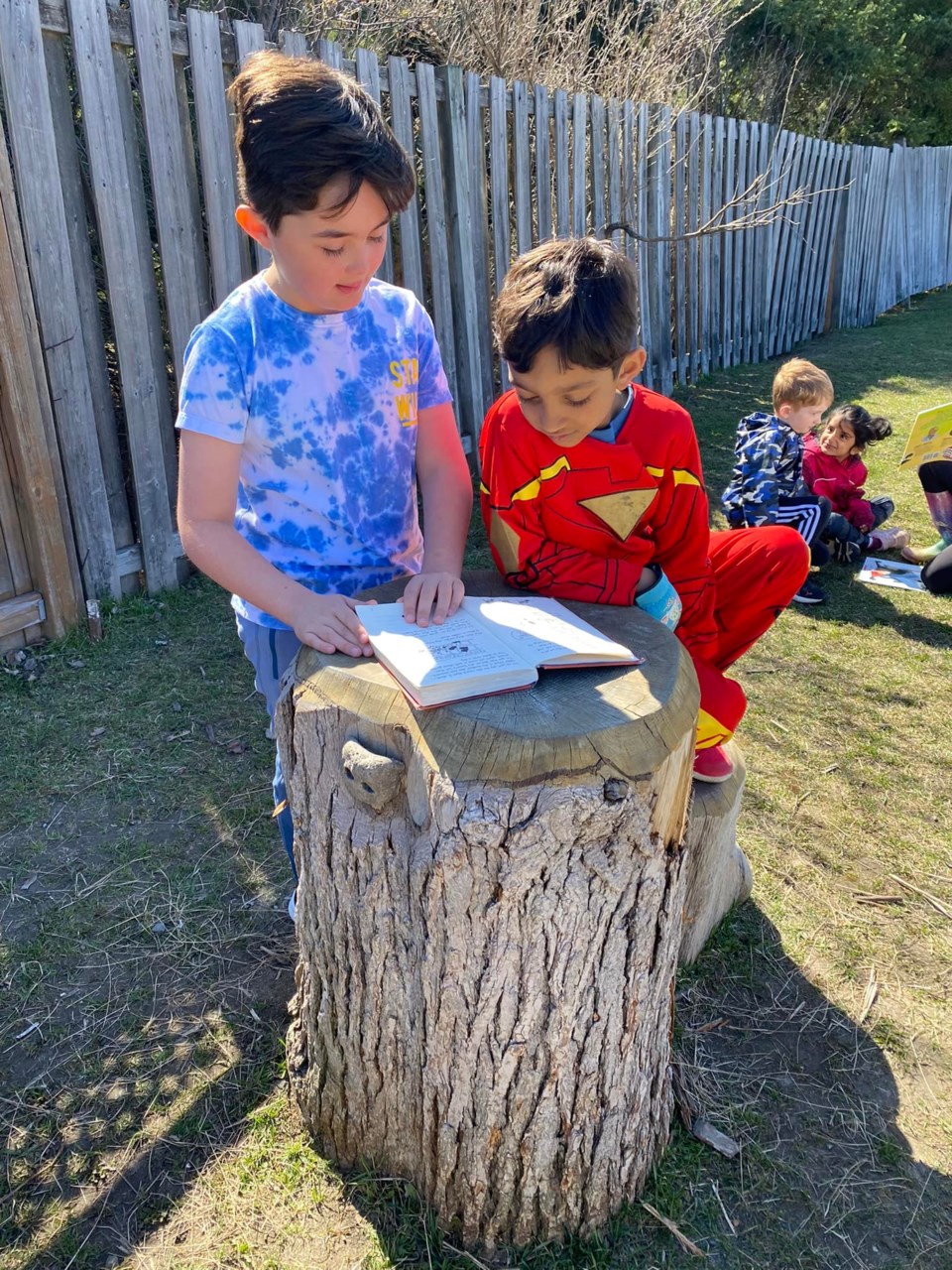
Mitchell is a firm believer in the benefits of regreening schoolyards and the importance of fresh air and outdoor learning for students:
“Fresh air and activity helps focus the mind and improves general health. Planting a living thing and being able to watch it grow also gives a feeling of accomplishment.”
Benefits of Greener Schoolyards and Outdoor Classrooms
Green schoolyards and outdoor classrooms provide students with several benefits. They promote health and well-being through imaginative and explorative play, increased physical activity and providing a calming environment that fosters mental wellness.
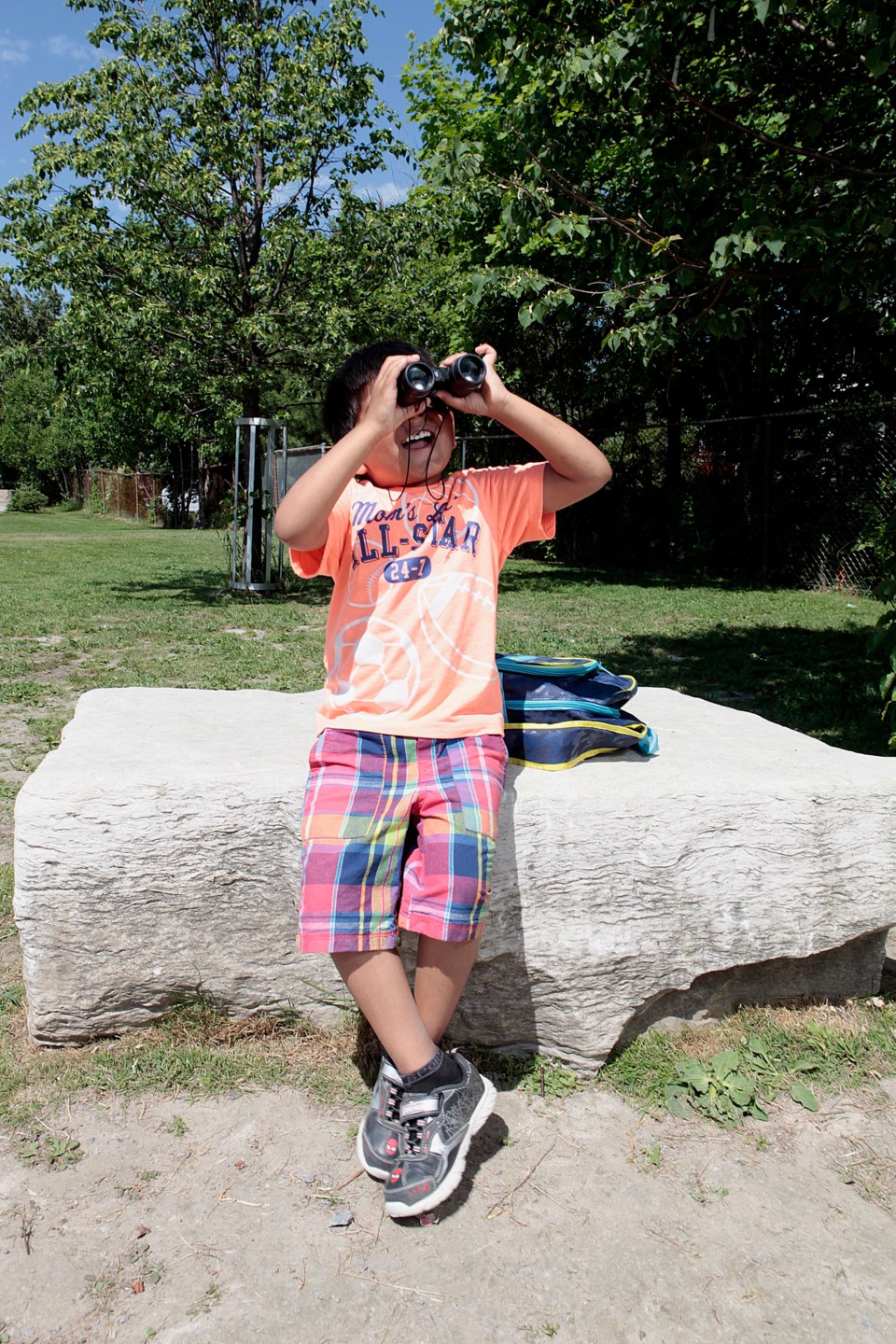
They also improve the learning environment by offering immersed learning that enhances knowledge, increases student ability to regulate focus and behaviours, increases access to the natural environment and creates opportunities for sensory rich experiences for all children.
Creating greener outdoor environments enhances safety by lessening the number of injuries from falls on hard surfaces and offering shade from ultraviolet radiation (UVR).
Neutral play spaces also offer more diverse opportunities for all children to play.
Learn more about the City of Greater Sudbury’s regreening resources and its commitment to helping the community achieve its net-zero goal by 2050.
If you have a project, you’d like the City to highlight, contact Jennifer Babin-Fenske at [email protected].
